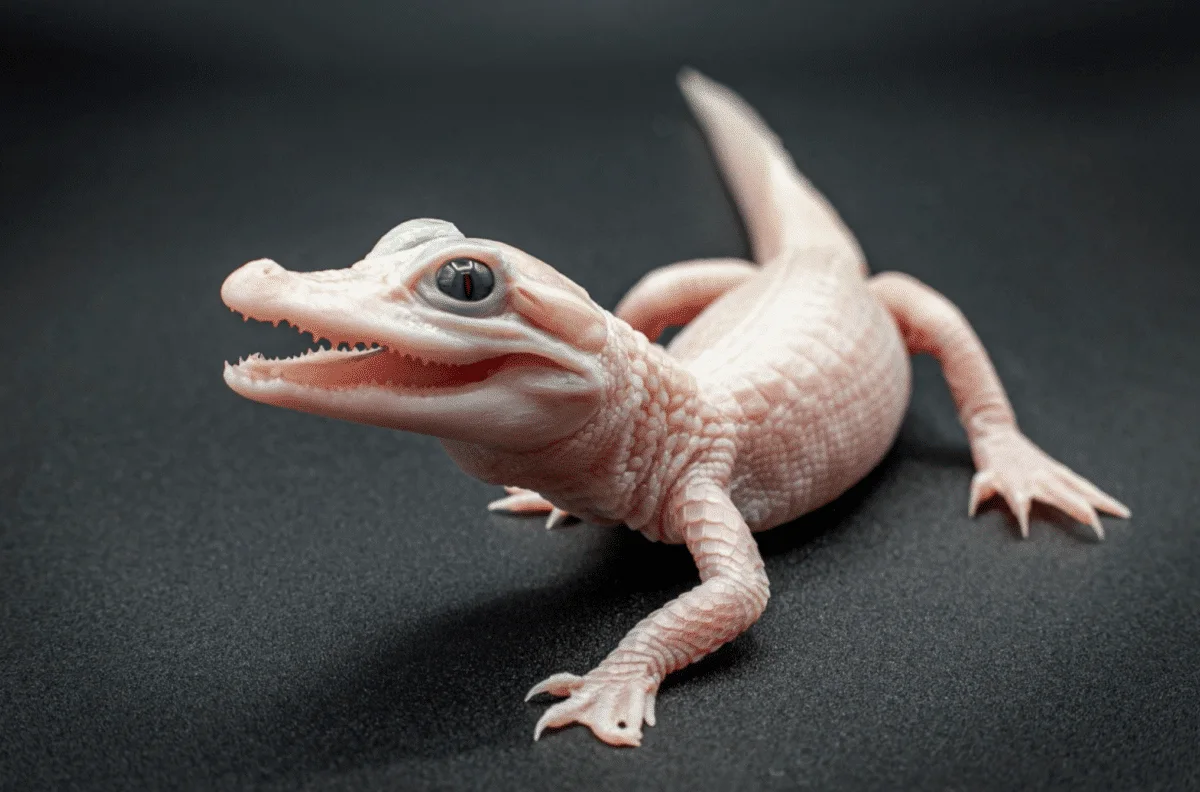In a remarkable and rare occurrence, a mesmerizing white leucistic alligator has taken its first breaths at a Florida reptile park. This has captured the attention and fascination of wildlife enthusiasts and experts alike. Moreover, this extraordinary birth adds a unique and captivating chapter to the park’s history, showcasing the marvels of nature’s diversity.
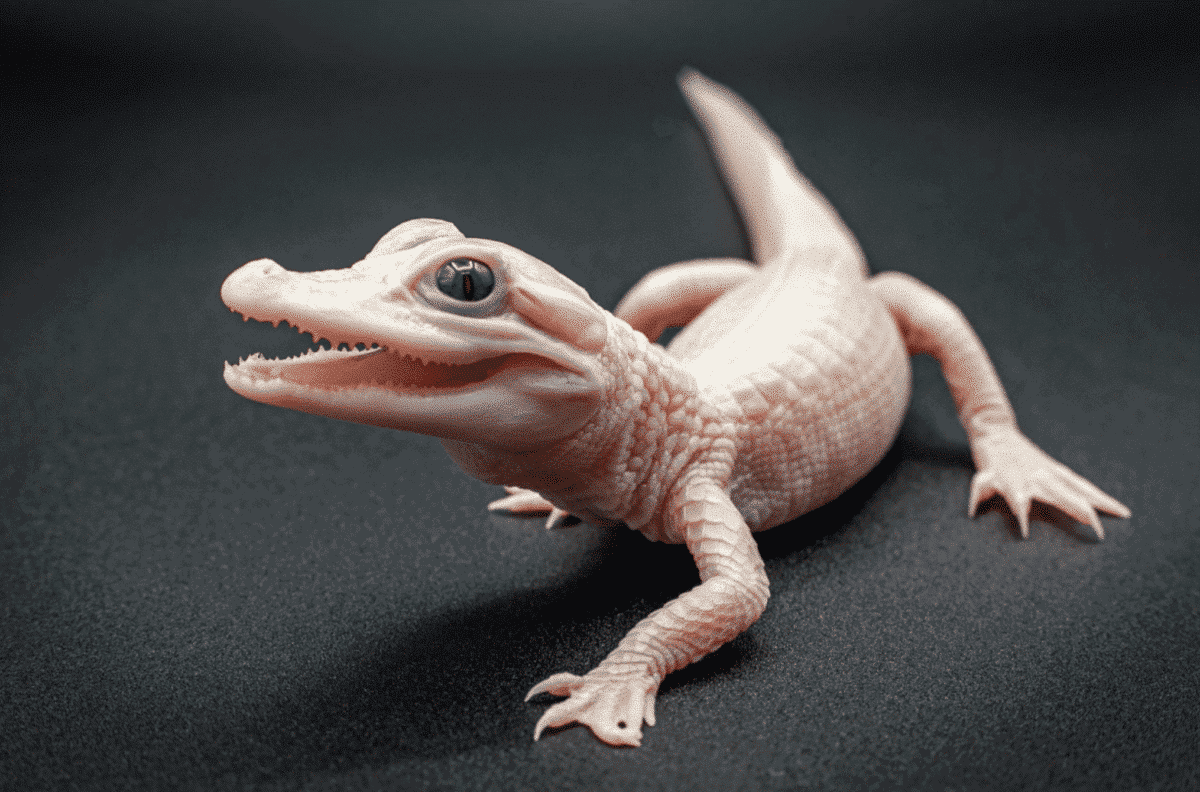
The Rarity of Leucistic Alligators
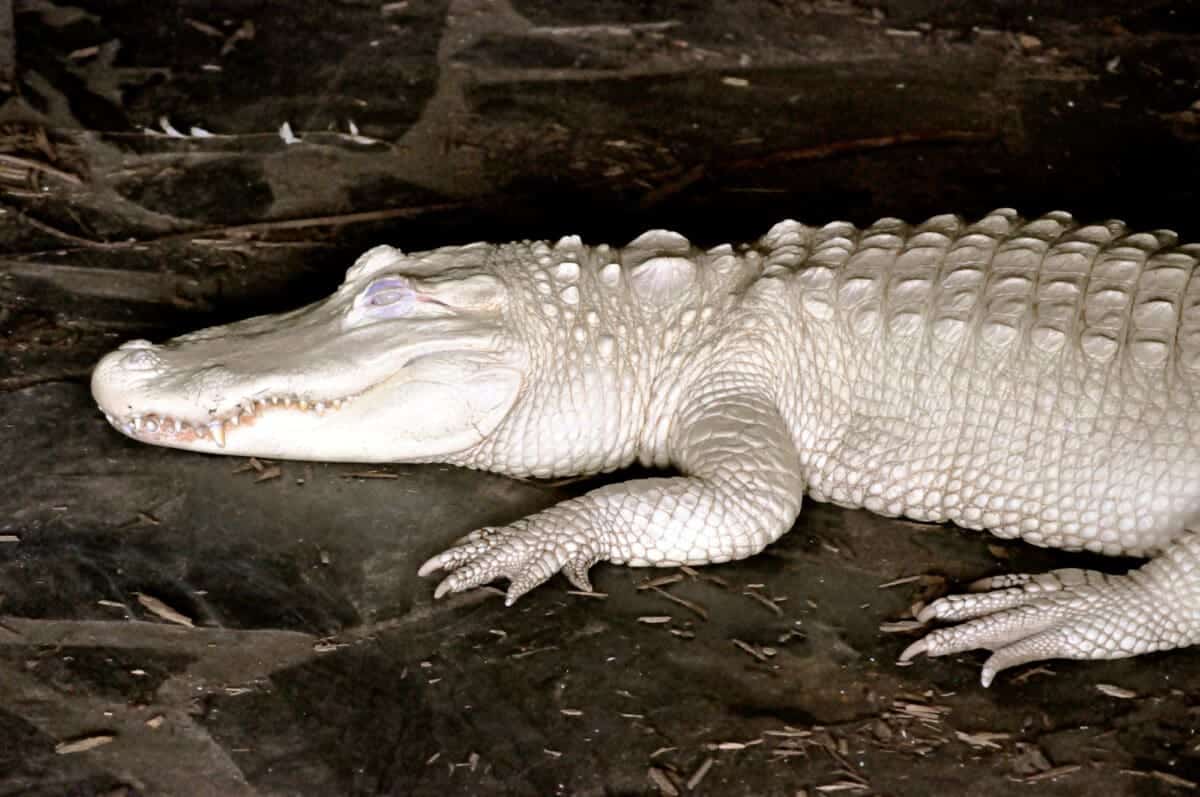
Leucism is a genetic condition that results in a partial loss of pigmentation in an animal’s skin, scales, feathers, or fur. Albino animals lack all pigmentation. But leucistic individuals, like the newly born alligator, retain some coloration, often appearing white or pale. Therefore, the rarity of leucistic alligators makes each occurrence a noteworthy event in the realm of wildlife.
Discovery and Celebration
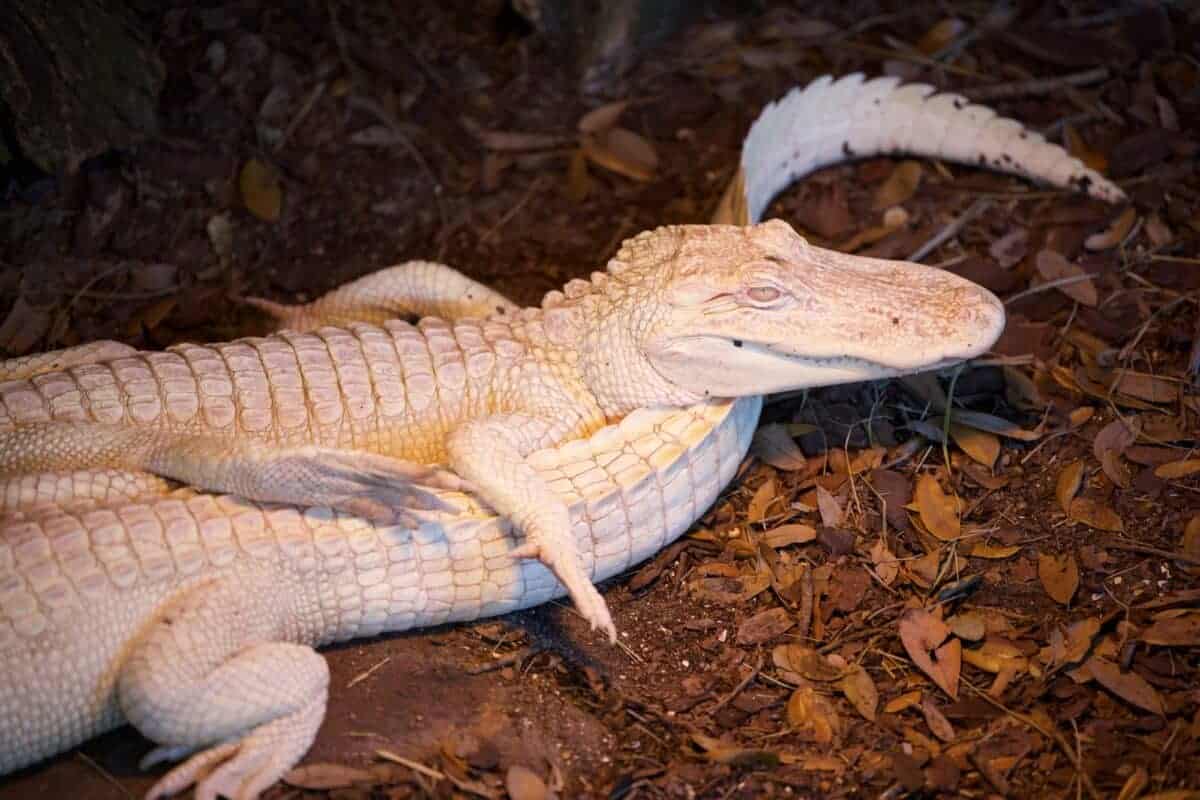
The discovery of the white leucistic alligator at the Florida reptile park was met with joy. Additionally, there was a celebration among park staff and visitors. The delicate creature’s unique appearance, with its striking white scales and subtle patterns, immediately set it apart from its more conventionally colored counterparts.
Check out: Chihuahua’s Highway Adventure and Watch As Motorists Shield It from Traffic.
Size Of The Extraordinary Gator

Gatorland Orlando announced that the 19.2-inch female emerged from its shell, making history as one of just seven recognized leucistic alligators. Notably, three of these seven remarkable creatures reside within the park, according to park officials.
Educational Significance
Beyond its aesthetic allure, the birth of the white leucistic alligator holds significant educational value. The reptile park has embraced this opportunity to educate visitors about the genetic intricacies that lead to such rare occurrences and the challenges faced by leucistic animals in the wild.
Check out: The Biggest Komodo Dragon Ever Recorded.
Conservation Considerations
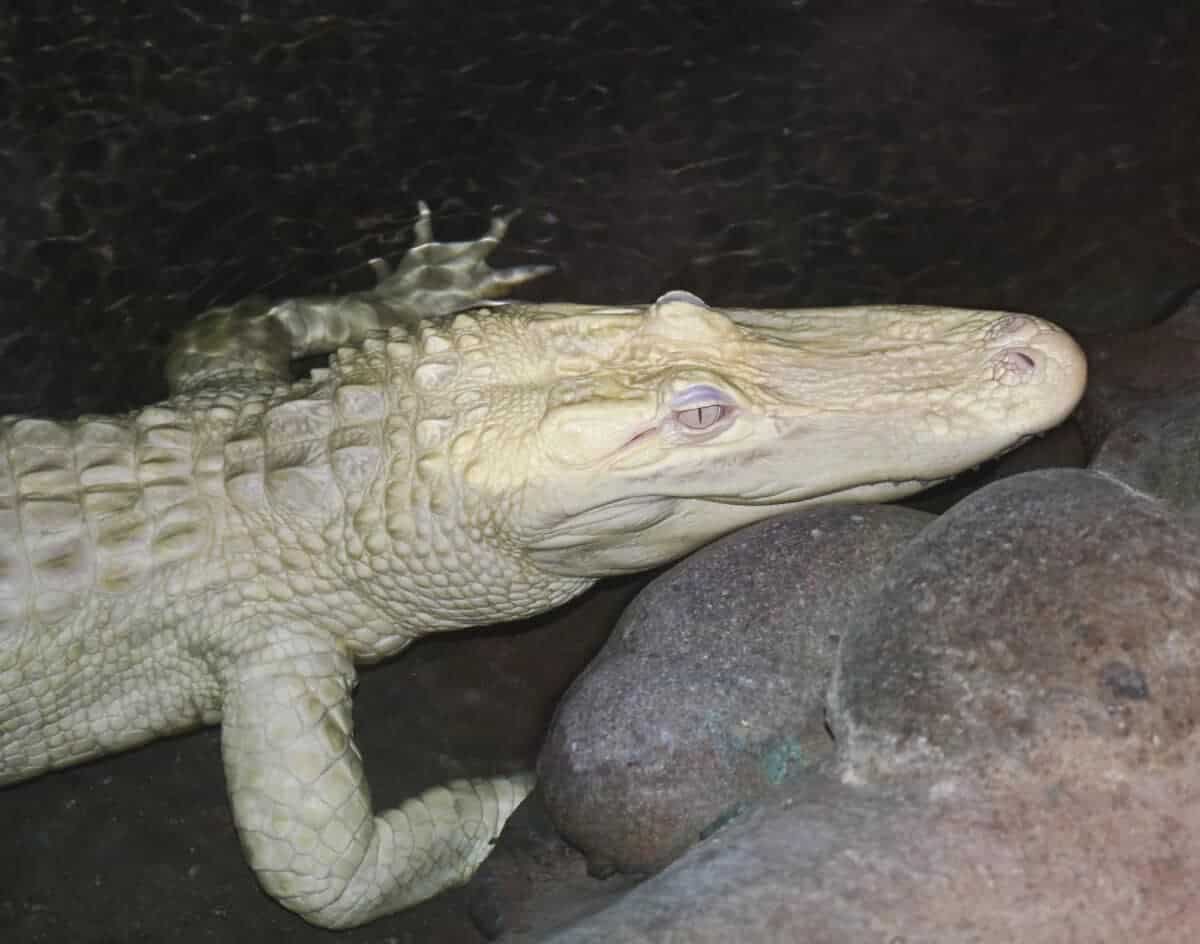
Leucistic animals, including alligators, face distinct challenges in the wild. Their reduced pigmentation can make them more vulnerable to predators, and their conspicuous appearance may hinder their ability to camouflage. The conservation efforts of the reptile park play a crucial role in providing a safe and controlled environment for the white alligator to thrive.
Public Engagement and Awareness
The birth of the white leucistic alligator has sparked increased public interest in the reptile park. Visitors are drawn not only to witness the rare spectacle but also to learn about the broader issues of conservation, biodiversity, and the importance of protecting these unique species for future generations.
Preserving Genetic Diversity

The presence of leucistic individuals in captive environments contributes to the preservation of genetic diversity within species. Furthermore, as these unique genetic variations are documented and studied, researchers gain valuable insights into the broader genetic landscape of alligator populations.
Ongoing Monitoring and Care
The reptile park is committed to providing the best possible care for the white leucistic alligator. The park ensures its health and well-being as it grows and matures. Additionally, ongoing monitoring, specialized nutrition, and veterinary attention are integral to its development.
Bottom Line
Overall, the birth of a white leucistic alligator at the Florida reptile park is a testament to the wonders of nature and the ongoing importance of conservation efforts. Additionally, this captivating creature serves as a living ambassador, inviting visitors to appreciate the beauty of biodiversity, learn about genetic variations, and engage in the collective responsibility of preserving our planet’s rich and diverse ecosystems.
Thanks for reading along. For more, check out our related article links below.
Next up:
Join our Forum for free today!

- Huge Pet Bison Breaks Into House - July 22, 2024
- Giant Black Bear Surprises Beachgoers by Emerging from the Ocean in Florida - July 22, 2024
- Brave Man Plays Instrument While Huge Bear Caresses His Shoulder - July 22, 2024

